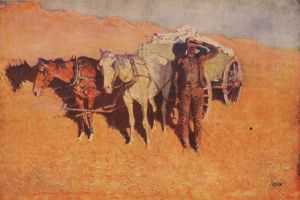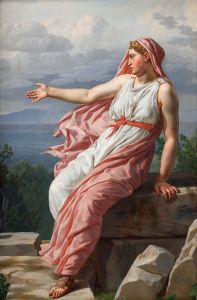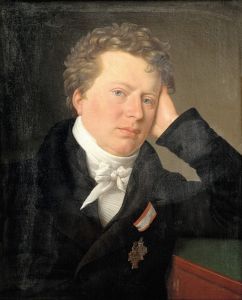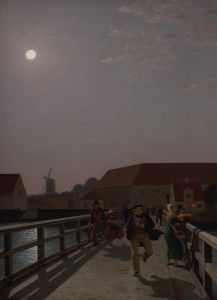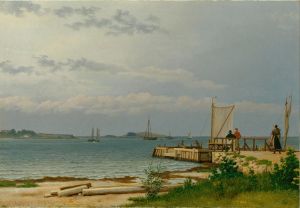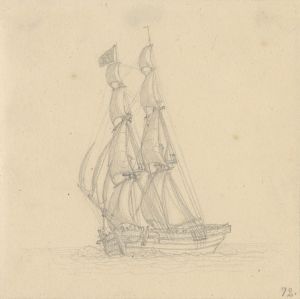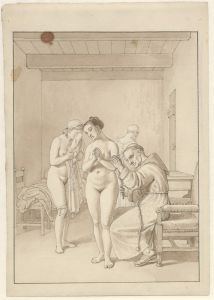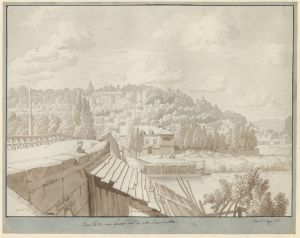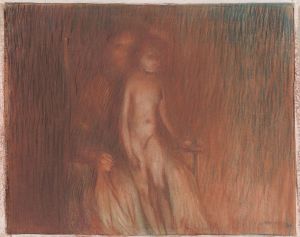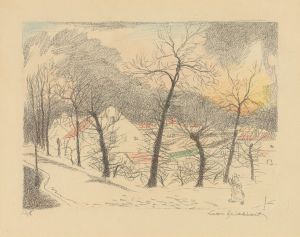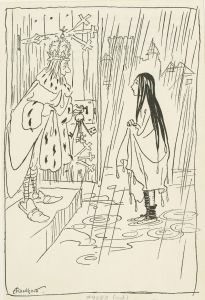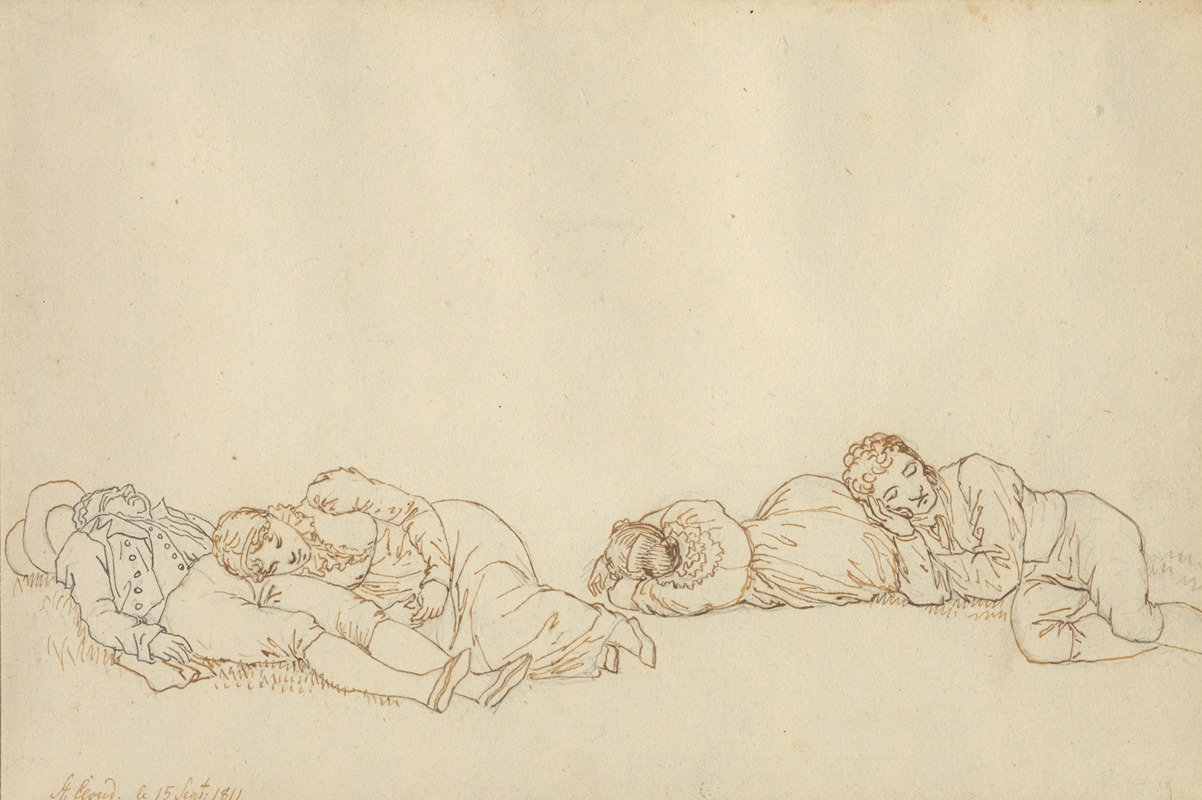
Fire sovende parisere
A hand-painted replica of Christoffer Wilhelm Eckersberg’s masterpiece Fire sovende parisere, meticulously crafted by professional artists to capture the true essence of the original. Each piece is created with museum-quality canvas and rare mineral pigments, carefully painted by experienced artists with delicate brushstrokes and rich, layered colors to perfectly recreate the texture of the original artwork. Unlike machine-printed reproductions, this hand-painted version brings the painting to life, infused with the artist’s emotions and skill in every stroke. Whether for personal collection or home decoration, it instantly elevates the artistic atmosphere of any space.
Christoffer Wilhelm Eckersberg, often referred to as the "father of Danish painting," was a pivotal figure in the Danish Golden Age of painting. His work, "Fire sovende parisere" (Four Sleeping Parisians), is one of the many examples of his keen observational skills and his ability to capture everyday life with a sense of realism and intimacy.
Eckersberg was born in 1783 in Blåkrog, Denmark, and he studied at the Royal Danish Academy of Fine Arts in Copenhagen. He later traveled to Paris and Rome, where he was influenced by the neoclassical style and the works of contemporary artists. His time in Paris was particularly formative, as he studied under Jacques-Louis David, a leading neoclassical painter. This experience honed his skills in composition, perspective, and the depiction of the human form.
"Fire sovende parisere" was created during Eckersberg's stay in Paris. The painting depicts four Parisians asleep, capturing a moment of tranquility and repose. The composition is notable for its attention to detail and the realistic portrayal of the figures. Eckersberg's use of light and shadow adds depth to the scene, highlighting the contours of the sleeping figures and the textures of their surroundings.
Eckersberg's approach to painting was methodical and precise. He was known for his meticulous studies and sketches, which he used to prepare for his larger works. This dedication to preparation is evident in "Fire sovende parisere," where the careful arrangement of the figures and the subtle interplay of light and shadow demonstrate his commitment to realism.
The painting reflects Eckersberg's interest in everyday life and his ability to find beauty in ordinary moments. This focus on the quotidian was a hallmark of the Danish Golden Age, during which artists sought to depict the world around them with honesty and clarity. Eckersberg's work, including "Fire sovende parisere," exemplifies this ethos, capturing the essence of a moment with sensitivity and precision.
Eckersberg's influence on Danish art was profound. As a professor at the Royal Danish Academy of Fine Arts, he mentored a generation of artists who would go on to define the Danish Golden Age. His emphasis on observation, perspective, and the study of nature became foundational principles for his students, shaping the course of Danish painting for decades.
"Fire sovende parisere" is a testament to Eckersberg's skill as a painter and his ability to convey the subtleties of human experience. The painting remains an important work within his oeuvre, illustrating his mastery of technique and his deep appreciation for the nuances of everyday life.
Today, Eckersberg is celebrated as one of Denmark's most important artists, and his works continue to be studied and admired for their technical excellence and their insightful portrayal of 19th-century life. "Fire sovende parisere" stands as a representative example of his contribution to art, embodying the qualities that have earned him a lasting place in the history of Danish painting.





